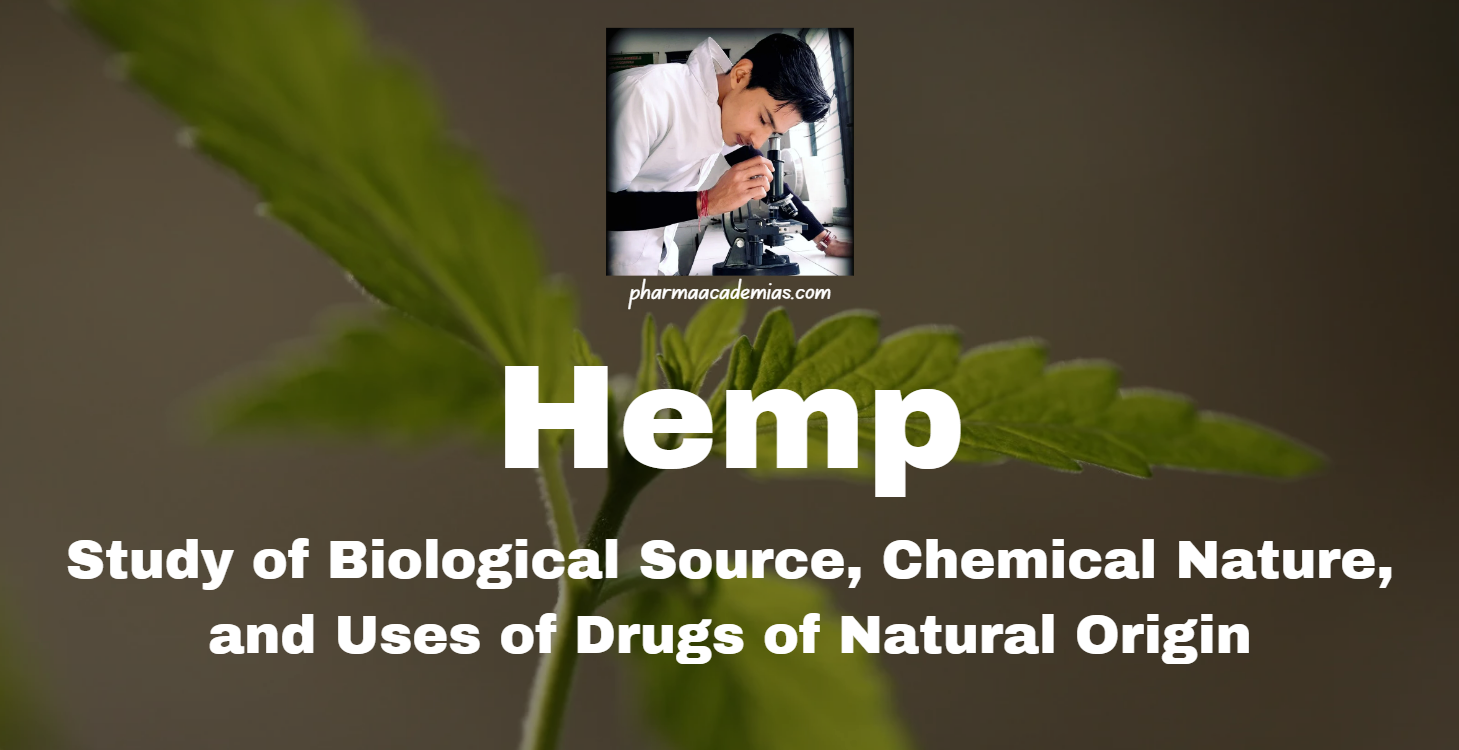1. Introduction to Colophony
Colophony, also known as rosin, is a natural resin obtained from pine trees (Pinus species). It is a brittle, translucent substance that is primarily composed of resin acids and is widely used in adhesives, coatings, inks, and pharmaceuticals. Colophony has a long history of industrial and medicinal applications, particularly for its adhesive and antimicrobial properties.

The resin is collected from pine trees through a process called tapping, where incisions are made in the bark to extract oleoresin. This oleoresin is then distilled to remove volatile turpentine, leaving behind solid colophony. Colophony is valued for its excellent tackiness, making it an essential component in numerous industries.
2. Composition of Colophony
Colophony is a complex mixture of diterpene acids and their oxidation products. The key components are:
Resin Acids (80-90%)
- Abietic acid
- Palustric acid
- Pimaric acid
- Isopimaric acid
- Dehydroabietic acid
Neutral Compounds (5-10%)
- Fatty acids
- Sterols
- Hydrocarbons
Oxidation Products
- Peroxides
- Quinones
- Aldehydes
These components contribute to colophony’s adhesive properties, chemical reactivity, and biological activity.
3. Chemistry of Colophony
Colophony consists predominantly of diterpenoid resin acids, which belong to the abietane and pimarane classes. These acids exist as free carboxyl groups or their esters, making colophony reactive and useful in industrial applications.
Major Chemical Constituents
- Abietic acid: The primary resin acid, responsible for tackiness and solubility in organic solvents.
- Dehydroabietic acid: A more stable oxidation product with antimicrobial properties.
- Pimaric acid and Isopimaric acid: Contribute to the overall resin structure and reactivity.
Chemical Modifications
Colophony is often modified to enhance its properties:
- Hydrogenation: Reduces oxidation and increases stability.
- Esterification: Improves solubility and tackiness.
- Polymerization: Increases durability for industrial coatings and adhesives.
4. Bio-Sources of Colophony
Colophony is primarily obtained from pine trees, with major production occurring in:
Geographical Distribution
- North America: USA (southern states), Canada.
- Europe: France, Spain, Portugal, Sweden.
- Asia: China, India, Indonesia.
- South America: Brazil, Argentina.
Extraction and Processing
- Gum Rosin: Extracted from living pine trees through tapping.
- Wood Rosin: Derived from aged pine stumps and logs through solvent extraction.
- Tall Oil Rosin: A byproduct of the kraft paper industry.
5. Therapeutic Uses of Colophony
Though primarily used industrially, colophony has several medicinal applications:
Wound Healing and Antimicrobial Activity: Used in traditional medicine as a wound dressing due to its antiseptic properties. Effective against Staphylococcus aureus and Candida albicans.
Anti-Inflammatory and Analgesic Effects: Resin acids from colophony exhibit anti-inflammatory properties. Used in some topical pain-relief formulations.
Dermatological Applications: Used in some plasters and adhesives for skin conditions. May cause allergic contact dermatitis in sensitive individuals.
Respiratory and Expectorant Uses: Historically used in inhalation therapies for respiratory conditions. Contains volatile components that help clear nasal passages.
6. Commercial Applications of Colophony
Colophony is extensively used across various industries due to its adhesive and chemical properties.
Adhesives and Sealants: Key ingredient in pressure-sensitive adhesives, hot-melt adhesives, and rubber-based glues. Used in bookbinding, tapes, and labels.
Printing Inks and Coatings: Enhances adhesion and durability in printing inks. Used in varnishes, lacquers, and wood finishes.
Pharmaceutical Industry: Used in ointments, plasters, and topical preparations. Occasionally found in dental cements and medicated bandages.
Music and Sports Applications: Applied to violin bows to enhance friction with strings. Used by athletes (e.g., gymnasts, weightlifters) to improve grip.
Food and Beverage Industry: Used as a glazing agent in chewing gum and some food coatings. Certain derivatives are approved as food additives.
Conclusion
Colophony is a versatile natural resin with significant industrial and medicinal applications. Its adhesive, antimicrobial, and chemical properties make it indispensable in adhesives, coatings, pharmaceuticals, and more. While beneficial, colophony can cause allergic reactions in some individuals, necessitating careful handling in medical and cosmetic uses. Ongoing research continues to explore its potential for novel applications, ensuring its continued relevance in multiple industries.
Visit to: Pharmaacademias.com and Pharmacareerinsider.com




